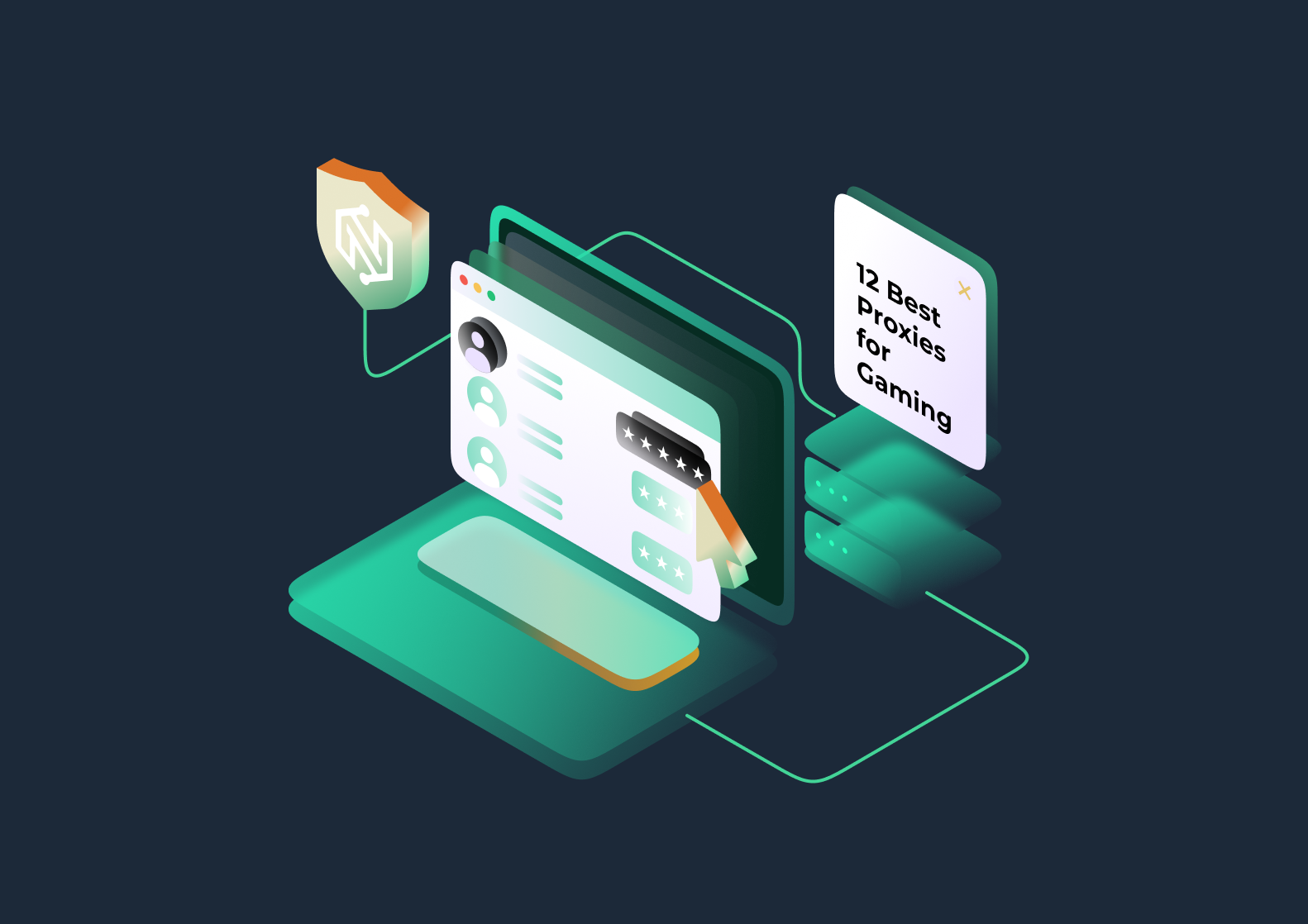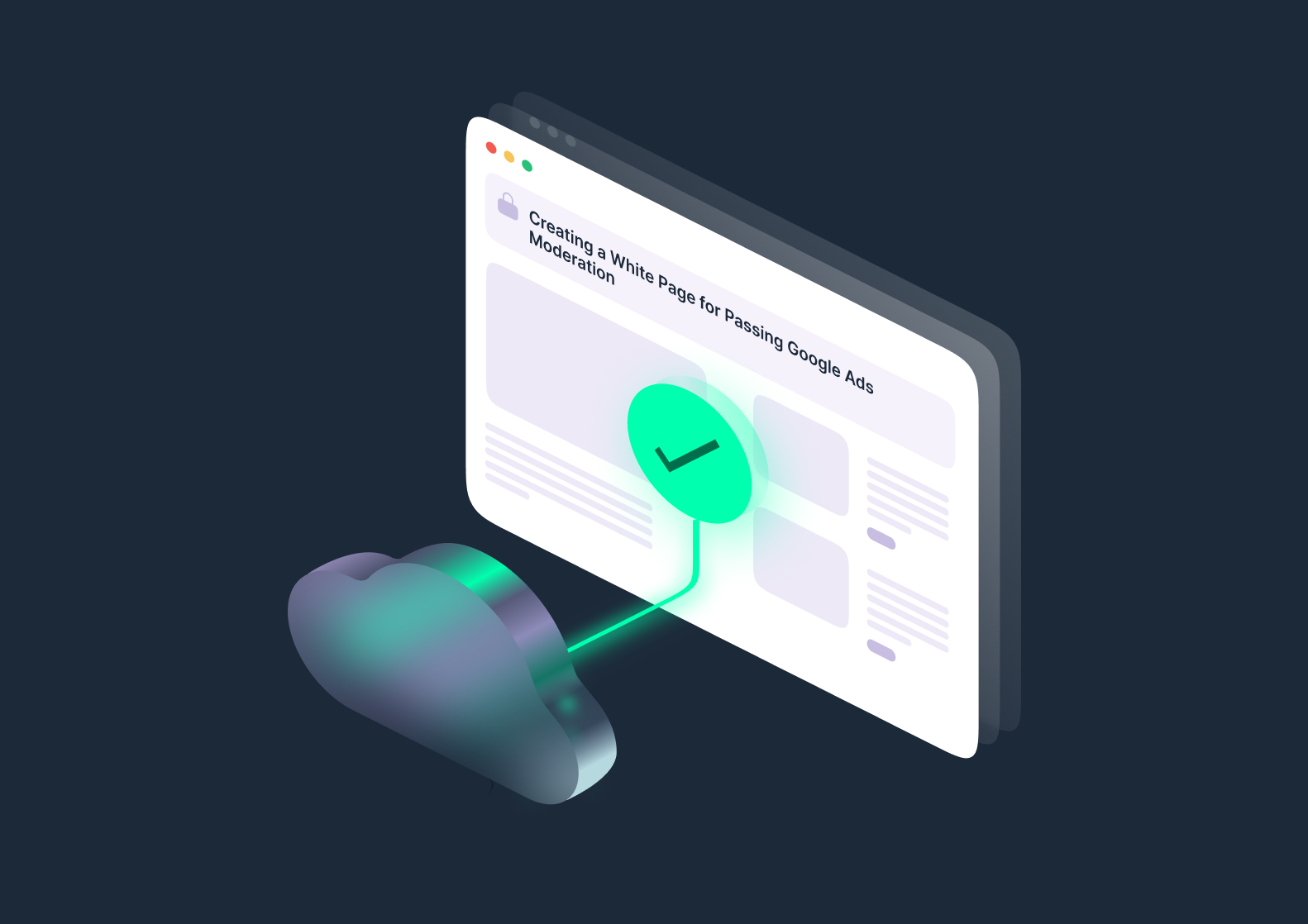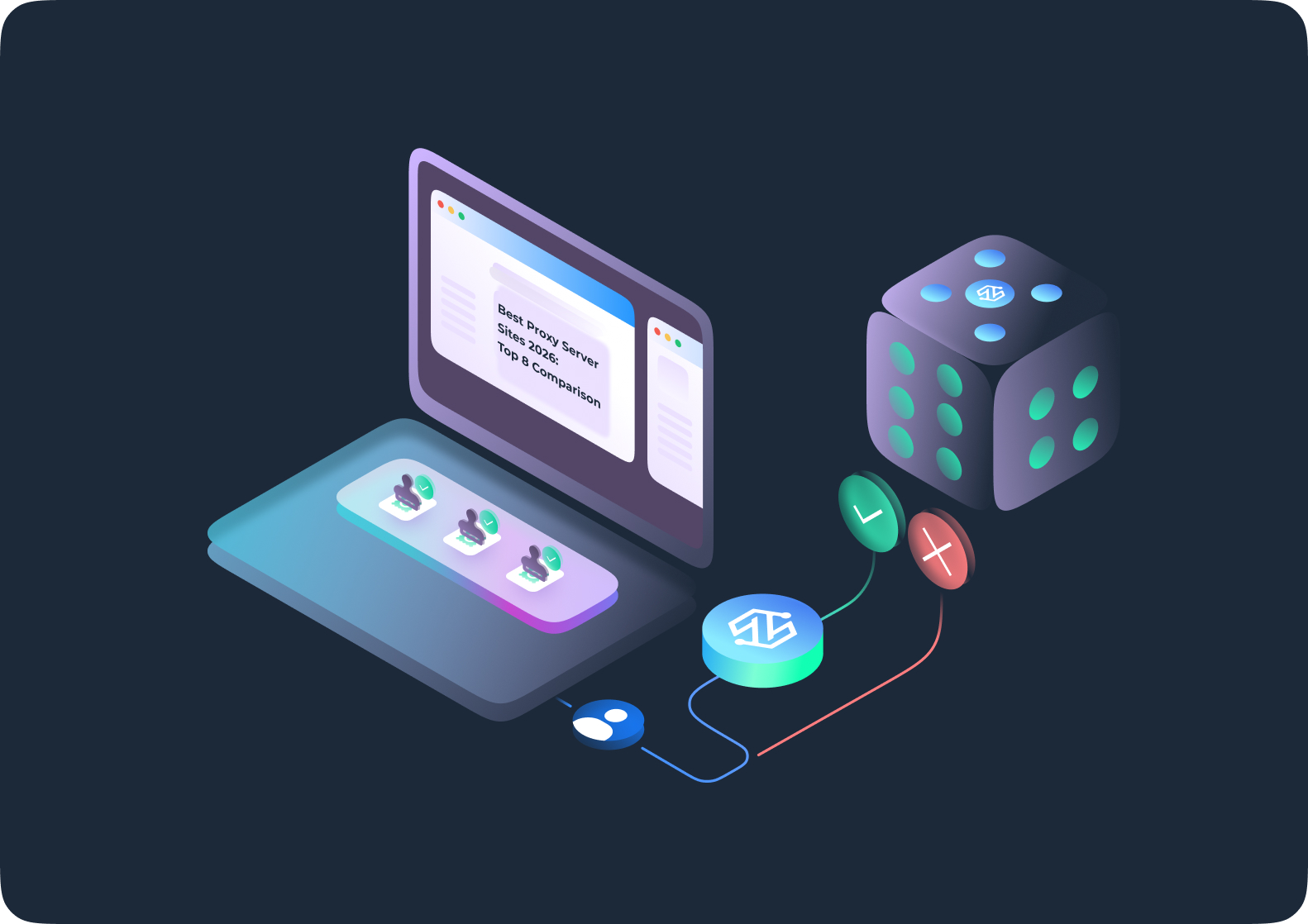YouTube is one of the largest sources of video content on the internet, hosting 2.5 billion users monthly worldwide.
Whether you’re a data analyst, marketer, or developer, scraping YouTube can provide valuable insights into trending content, audience behavior, and engagement metrics.
However, extracting data from YouTube comes with challenges, including rate limits, anti-bot mechanisms, and IP bans.
In this guide, we’ll explore why and how to scrape YouTube, the best practices for avoiding detection, and how using high-quality proxies can make the process efficient.
Why Scrape YouTube?
Scraping YouTube allows businesses and researchers to gather structured data from the platform without manually collecting information. There are several compelling reasons to do this:
- Market research: Understand trends, competitor strategies, and audience preferences.
- SEO and content analysis: Identify top-performing videos based on metadata and engagement metrics.
- Advertising insights: Analyze ad placements, video sponsorships, and influencer campaigns.
- Automated data collection: Gather transcripts, captions, and comments for sentiment analysis or machine learning applications.
- Content moderation & monitoring: Detect inappropriate content or monitor brand mentions across YouTube.
By scraping YouTube, businesses can optimize their marketing strategies, enhance competitive intelligence, and make data-driven decisions.
What Data Can You Extract from YouTube?
When scraping YouTube, you can extract various types of valuable information:
Video Metadata
This includes video title, description, publication date, duration, category, view count, like/dislike count, and hashtags. Video metadata is useful for SEO analysis, content ranking strategies, and competitive research.
Channel Information
Scraping channel data provides details such as channel name, subscriber count, total video uploads, and content categories. This is especially useful for influencer research and brand collaborations.
Comments and Engagement Metrics
Scrape YouTube comments and engagement metrics (such as replies, likes, and pinned comments) can help in sentiment analysis and audience behavior tracking.
Marketers and researchers use this data to understand customer preferences and brand reputation.
Captions and Transcripts
Many videos come with auto-generated or manually added captions. Scraping transcripts allows for keyword analysis, content indexing, and accessibility enhancements.
Methods for Scraping YouTube
There are multiple ways to extract data from YouTube, each with its advantages and limitations.
Using YouTube’s Official API (Pros and Cons)
YouTube provides an official API that allows developers to programmatically retrieve video details, comments, and analytics, making it a go-to choice for those looking for the best YouTube API scraper solutions.
However, this method comes with both advantages and limitations:
Pros:
- Reliable and legal access to YouTube data.
- Well-documented API endpoints.
- No need for web scraping techniques.
Cons:
- Strict rate limits and quotas.
- Requires API keys with usage restrictions.
- Limited access to certain data points like comments beyond a specific depth.
Web Scraping YouTube Without an API
For data points not covered by the official YouTube scraper, web scraping techniques can be used.
This involves using automation tools such as BeautifulSoup or Selenium to extract information directly from YouTube’s web pages.
Challenges:
- YouTube frequently updates its site structure, which may break scrapers.
- Bot detection systems like CAPTCHA can block scrapers.
- IP bans can occur if too many requests come from a single source.
Using Proxies for Efficient YouTube Scraping
Since YouTube aggressively monitors web scraping activity, using proxies is essential to avoid detection and bans.
Benefits of using proxies for YouTube scraping:
- IP rotation: Proxies allow you to rotate IP addresses, preventing rate limiting.
- Geo-targeting: Proxies help extract localized video rankings and trends by using IPs from different countries.
- Session persistence: Keep stability when making multiple requests to scrape detailed data.
Recommended Proxy Types:
- Rotating Residential Proxies: Best for large-scale scraping to avoid detection.
- Static residential proxies: Ideal for tasks requiring long-session scraping from a single IP.
- Datacenter proxies: High-speed option for non-restricted YouTube scraping tasks.
Residential proxies provide IP addresses from real devices, making them highly reliable for bypassing restrictions and avoiding detection.
Best Practices for Scraping YouTube Without Getting Blocked
To secure uninterrupted data collection, follow these best practices:
- Use premium proxies: Residential proxies help mimic real users, reducing the chances of detection.
- Rotate IP addresses: Implement an IP rotation strategy to prevent frequent requests from the same IP.
- Respect YouTube’s rate limits: Avoid sending too many requests in a short time. Use random time delays.
- Use headless browsers with fingerprint spoofing: Tools like Puppeteer or Selenium with stealth plugins can help bypass detection.
- Use CAPTCHA solvers: Some pages may require CAPTCHA solving; automated solvers can help maintain scraper efficiency.
Tools and Libraries for YouTube Scraping
Developers can use various tools and libraries to facilitate YouTube scraping:
- YouTube API v3: Official API for accessing structured data.
- BeautifulSoup: A Python library for extracting HTML content from web pages.
- Selenium: A browser automation tool for handling JavaScript-heavy pages.
- Puppeteer: A Node.js-based tool for headless Chrome scraping.
- Scrapy: A powerful Python framework for building scalable web scrapers.
Best YouTube Scraping Proxy Providers
Choosing the right proxy provider is critical for maintaining access to YouTube while scraping efficiently. Here’s how top providers compare:
NodeMaven
- Proxy type: Residential, Rotating, Static
- Targeting options: Geo-specific targeting (Country, ISP, City)
- Sticky sessions: Up to 24-hour IP retention
- Support: 24/7 technical support
- Best for: Large-scale data scraping with minimal detection risks
Bright Data
- Proxy type: Residential, Mobile, Datacenter
- Targeting options: Advanced geo-targeting
- Pricing: Higher-tier pricing model
- Best for: Enterprises needing a wide variety of proxy types
Oxylabs
- Proxy type: Residential, Datacenter
- Special features: AI-powered web scraping tools
- Best for: Businesses needing premium large-scale scraping solutions
SmartProxy
- Proxy type: Rotating Residential
- User-friendly dashboard: Easy integration with automation tools
- Best for: Medium-sized businesses with moderate scraping needs
How NodeMaven’s Proxies Enhance YouTube Scraping
Scraping YouTube requires a robust proxy infrastructure to avoid bans and maximize efficiency.
NodeMaven’s proxies provide the ideal solution for uninterrupted scraping.
- Rotating residential proxies: Grant fresh IPs, reducing detection risks.
- Static residential proxies: Maintain session stability for long-term scraping needs.
- Advanced geo-targeting: Extract region-specific data for market research.
- Unlimited bandwidth options: Handle large-scale scraping tasks without restrictions.
- 24/7 customer support: Immediate assistance for proxy setup and troubleshooting.
With NodeMaven, you can collect YouTube data efficiently while maintaining high success rates.
Scraping YouTube is a powerful way to extract valuable data for marketing, analytics, and automation.
While the process can be challenging due to anti-scraping measures, using high-quality proxies, automation tools, and best practices can help you scrape YouTube efficiently.
Ready to start scraping YouTube without interruptions?
Sign up for NodeMaven’s premium residential proxies today and experience ideal, premium data extraction.


